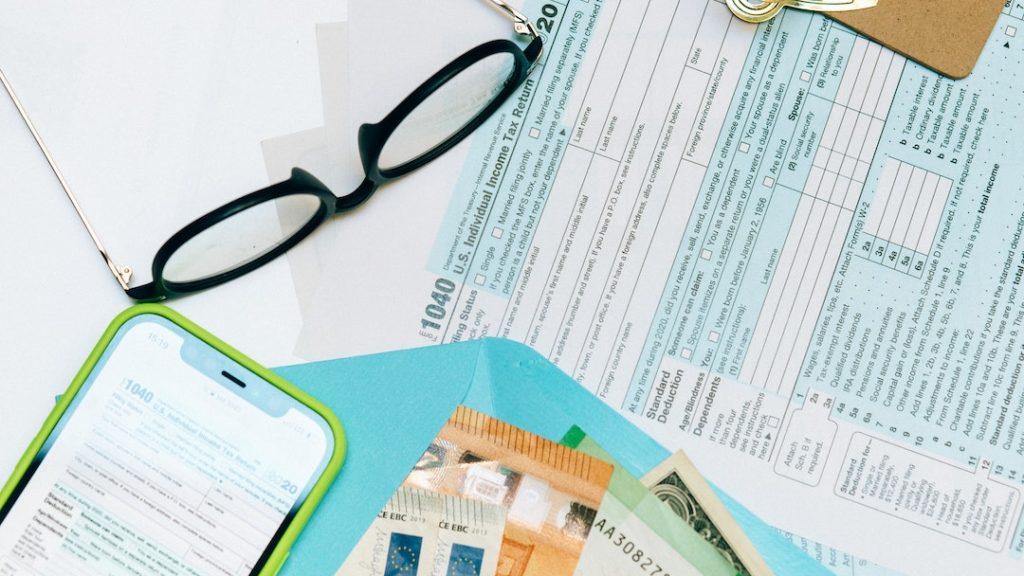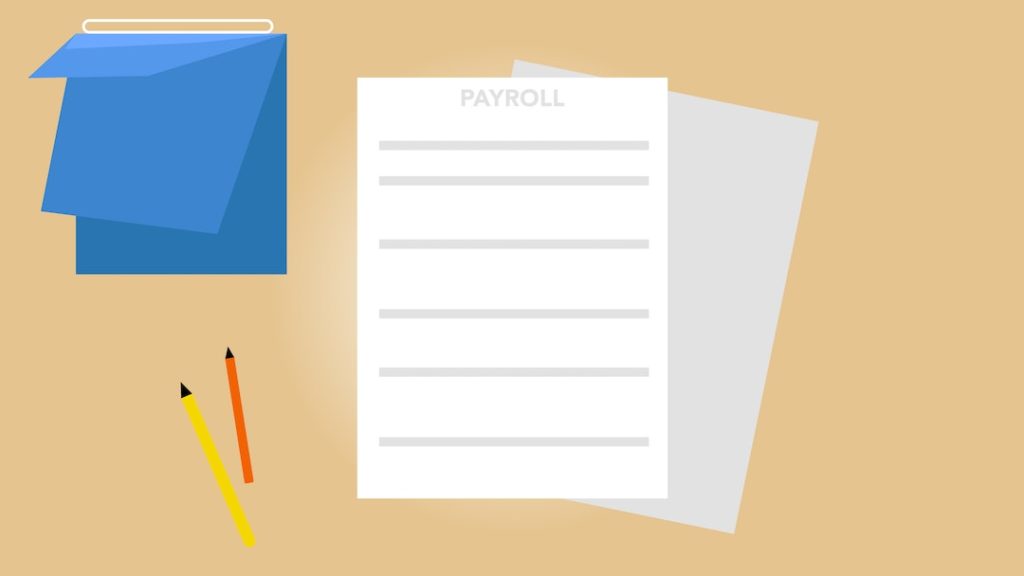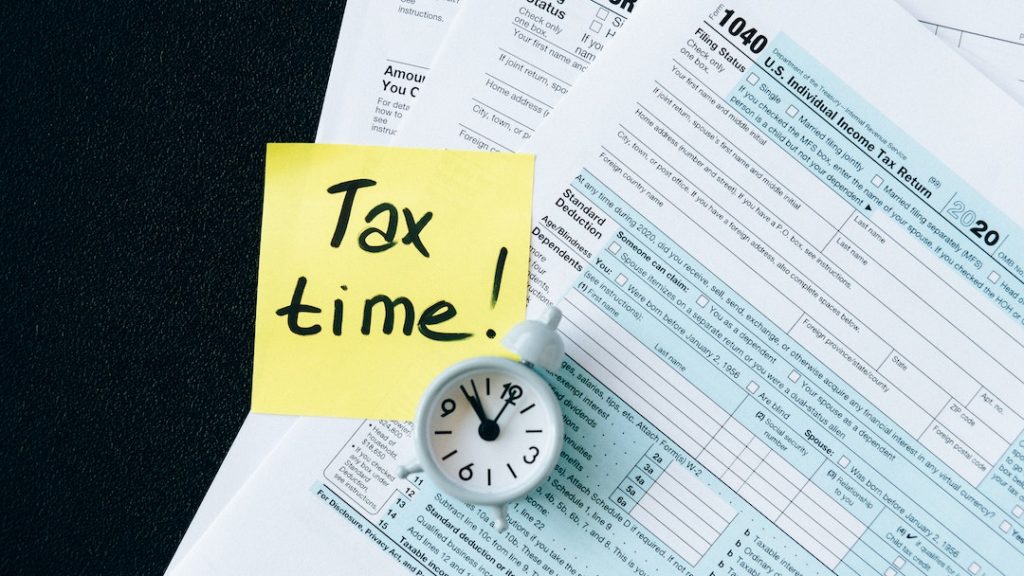All the paperwork and technical jargon that comes with tax season make it a challenging time for people and businesses. Unless you’re going through a qualified accountant or tax preparer, you’re going to find yourself swimming in a sea of questions as you attempt to navigate the IRS’s tax instructions and explanations.
One of the most under-used and misunderstood aspects of tax credits is the R&D Tax Credit Carryforward. Many people naturally assume that when you qualify for R&D tax credits and apply some to that year’s tax return, the unused credits are simply unusable.
This isn’t always the case. Businesses lose out when they don’t take full advantage of the R&D tax credit carryforward they’re entitled to. That’s why we created this guide. We’ll guide you through everything you need to know about the R&D Tax Credit Carryforward and learn how to determine whether you qualify.
Related: Qualified Research Expenses (QRE): A Complete Guide
Table of Contents
What is The R&D Tax Credit Carryforward?
The research and development tax credit (R&D) allows businesses to claim expenses related to the design, development, or improvement of software, products, techniques, processes, or formulas.
When you qualify for the R&D Tax Credit, you can apply those credits to help offset your tax liability. However, certain taxes have a maximum amount of credits you can use. For example, you can only use up to $250,000 for payroll taxes from your R&D tax credit.
Sometimes, businesses don’t use up all of their R&D tax credit. When this happens, the remaining amount of credits can be put toward a future tax year. Remember, only businesses that have Qualified Research Expenses (QREs) will be eligible for the R&D tax credit.
If you’re eligible for the R&D tax credit and don’t apply all the credit to your current tax year, then the remaining credit can be ‘carried forward to another tax year.
Who Qualifies For R&D Tax Credit Carryforward?
Any business with QREs that received the R&D tax credit and didn’t use the entirety of the credits they’re entitled to qualify for the R&D tax credit carryforward. This can be especially beneficial for businesses that have QRE but didn’t make a profit. Your R&D tax credit can be put toward another tax year to help offset any losses.
Are you looking for a trained professional to help with your taxes? Head on over to TaxRobot for more helpful resources and information.

How Does The R&D Tax Credit Carryforward Work?
The way the R&D Tax Credit Carryforward works is simple, in theory. However, in practice, it isn’t always that easysimple. A business must perform an R&D tax credit study and then claim the R&D tax credit by filing Form 6765.
Determining how much you’ll be entitled to can depend on several factors. For example, whether you did the research in-house or outsourced it to a third party will be a determining factor. On average, you can expect to be entitled to 5-10 cents per dollar spent on QRE.
Related: How Startup Technology Companies Qualify for the R&D Tax Credit
How Has The R&D Tax Credit Carryforward Changed?
The R&D tax credit carryforward has become more complicated in recent years. In 2017, the TCJA (Tax Cuts and Jobs Acts) eliminated the Alternative Minimum Tax for C-corporations. The TCJA also allowed businesses to lower their tax bills using R&D credits from the past, present, and future.
Another amendment to the tax code in 2018 changed things up even more. It prevented businesses from applying more than 80% of their net operating losses to their taxable income.
The TCJA also imposed a new limitation known as the 25/25 limitation. This change states that any C-corporation cannot offset more than 75% of its total tax liability when its tax liability exceeds $25,000.
The CARES Act suspended the limit created by the TCJA in 2020 for a single fiscal year. However, now that we’re in 2022, the suspension is over, and the limitations imposed by the TCJA have been reinstated.

What Documents Do You Need For The R&D Tax Credit Carryforward?
Many companies and businesses don’t look forward to this part of tax season. There are copious amounts of documentation and paperwork that needs to be verified, filled out, and filed properly at every stage of the tax process.
You will need records of your business’s financial transactions, especially the transactions that relate to your QREs. In addition to that, you’ll need documentation proving that the payments listed on your financial transactions were actually used for QREs. There will also need to be a detailed breakdown of your expenses for qualified and unqualified expenditures.
Related: Small Business Grans: Best Funding Options Guide
What Are The Benefit of The R&D Tax Credit Carryforward?
We’ve already discussed the main benefit of the R&D tax credit carryforward. You can apply R&D tax credits earned to future tax years, which will lessen your tax liability for that year.
However, you may wonder why you can’t be paid out for the remaining tax credits instead of using them for a future tax year. The answer is that the IRS deems certain credits to be refundable and non-refundable.
Refundable credits are why some people receive checks during income tax time, and others don’t. R&D tax credits are considered non-refundable, so they must be applied to future tax years if you wish to use them up.
Using the R&D tax credit for a future year is wise for businesses that invested in research and development but didn’t make a profit. It can also benefit companies that experience significant volatility throughout their tax years.
R&D tax credits can be carried forward for up to 20 years, making them an invaluable part of your business’s taxes. Ensure you take full advantage of the R&D tax credit carryforward if you’re entitled to it.
Summary
The R&D tax credit carryforward is a way for companies to apply unused R&D tax credit from the current tax year to a future tax year. It’s a helpful way to offset your future tax liability, especially if you invested heavily in research and development but haven’t yet made a profit.
Are you looking for help with next year’s taxes? Visit us at TaxRobot because we have the right tools and knowledge to help you navigate the complexities of the tax system.


